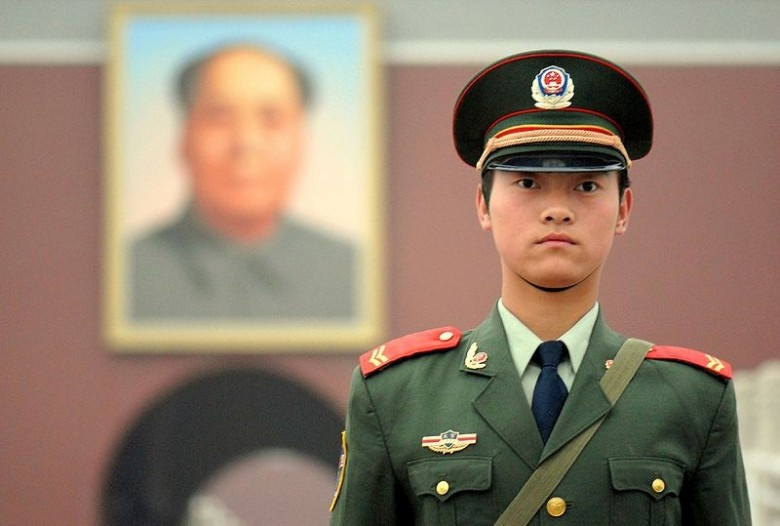
Robert Beckhusen
On most days, China’s high-speed rail network is for hauling millions — yes, millions — of commuters, vacationers and tourists around the country.
But on May 14, 2015, one section of the growing network served a very different purpose. A People’s Liberation Army brigade from the Lanzhou military regionboarded a high-speed train and set off for Xinjiang — 300 miles to the west.
The exercise was a rapid and clever way to move troops around the huge country, something which Beijing is struggling to handle. China has the largest ground army and the longest land border in the world, which abuts 14 nations … more than any other country except Russia.
One of these countries — India — is one of Beijing’s rivals and the two countries have two ongoing border disputes. Myanmar to the south — and Tajikistan and Kyrgyzstan to the west — are potentially unstable. Then there’s the border with North Korea.
It all adds up to lots of potential crises along the border. The result is that Beijing wants its army to have the ability to respond to lots of varied and potential crises. Hence high-speed trains.
China’s army is starting to move fast.
***
The Lanzhou brigade’s trip — which included its equipment — was the first time a military unit had ever traveled along the high-speed rail line to Xinjiang. The western province is home to an insurgency fought between the state and ethnic Uyghur Muslim militants.
The state-owned Chinese military newspaper Jiefangjun Bao anesthetically described the exercise as part of “the military’s power projection and combat readiness force movement on to the ‘contemporary train’ of civil-military integration.”
This is an oblique reference to China using civilian infrastructure for military purposes. China has the largest high-speed rail network in the world — defined as rail lines with trains traveling above 120 miles per hour.
China has six high-speed lines — and the one to Xianjiang is the newest, having opened in 2014. But Beijing will more than double its high-speed lines in the 2020s.
The trend toward increasing dual-use by the military is also on the rise.
“A lightly equipped division could be moved on the Wuhan-to-Guangzhou line — about 600 miles — in five hours, a fairly rapid mobilization in military terms,” the state-owned China Youth Daily reported in 2014.
U.S. Army researchers have taken an interest in this. “Earlier, troops traveled on highways during maneuver drills,” O.E. Watch, the Army’s Foreign Military Studies Office newsletter, noted last June. “This new mode of transportation is an improvement. With troops now able to step out of their barracks and onto the high speed train, troop movement will be significantly faster.”
One of reasons China wants its military to move by rail is because wars erupt much faster today. During the 1991 Persian Gulf War, the United States quickly rushed more than 500,000 troops into Saudi Arabia in just a few months.
The outcome of the war — a lopsided victory for the U.S. and its allies on the ground — had a profound effect on Chinese military thinking and doctrine.
Since then, the biggest changes for the Chinese military have been in the air and at sea. “The PLA began to emphasize air power more than ground power, and in particular, investigated the potential for long-range precision strike,” Robert Farley of the Patterson School noted at The National Interest.
China’s Second Artillery Corps (recently renamed) — responsible for the maintenance and deployment of nuclear weapons — also received considerable attention. The Second Artillery began adopting new precision-strike weapons for attacks beyond China’s borders.
In the event of a rapidly deteriorating crisis, the Second Artillery would have to speed toward the problem. This is where high-speed rail comes in.
According to the China Youth Daily report, the Corps could rush its cruise missiles along the high-speed rail lines toward the coast in the event of a conflict with Japan or Taiwan.
Now we know that China would probably send thousands of additional ground troops, too.
This piece first appeared in WarIsBoring here.
Image: Wikimedia Commons/Luo Shaoyang/CC by 2.0.


No comments:
Post a Comment